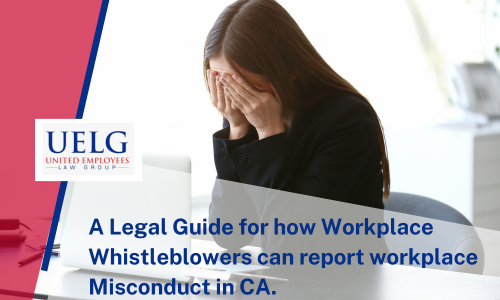
Harassment at work is nothing new, but many employees do not understand the significance of the WHO. While most instances of harassment occur between employees, if the abuse of power is coming from a supervisor then the company itself can be held accountable as well as the harasser. If the harassment was committed by a co-worker or a subordinate, your complaint must be shown to have been addressed by management.
In one unusual case the EEOC took on the case of a receptionist who was being sexually harassed by a patient. The case claims that her employer, Virginia Community Health Systems, failed to protect her from the abuses and put the patient before the rights of their employee. This case may set an important precedence as companies are usually only accountable for their employees.
The key factor in this case is “REPEATEDLY.” The reasoning for the EEOC to take on this case was the claim that there was a hostile work environment created because the company failed to remove the patient who made repeated, sexually explicit comments toward the employee as well as touching her inappropriately. The company made no effort to move the offender or the receptionist, effectively ignoring her need for a safe work environment.
Could this be you? What do you do about harassment at work?
#1 Report the problem ASAP and IN WRITING to your supervisor or theirs; do not hesitate to report each incident.
#2 Be specific about the remedy you are seeking, i.e. removal of the offender, a transfer etc.
#3 If management fails to remedy the problem quickly file your complaint with HR.
If you have made your issues known to management and HR, and they either fail to fix the problem or punish you in any way with retaliation of any kind, you need to call an attorney right away. United Employees Law Group is here to help with a free and completely confidential consult. Don’t wait until it’s too late.
Photo Credit: Shutterstock/Rido











